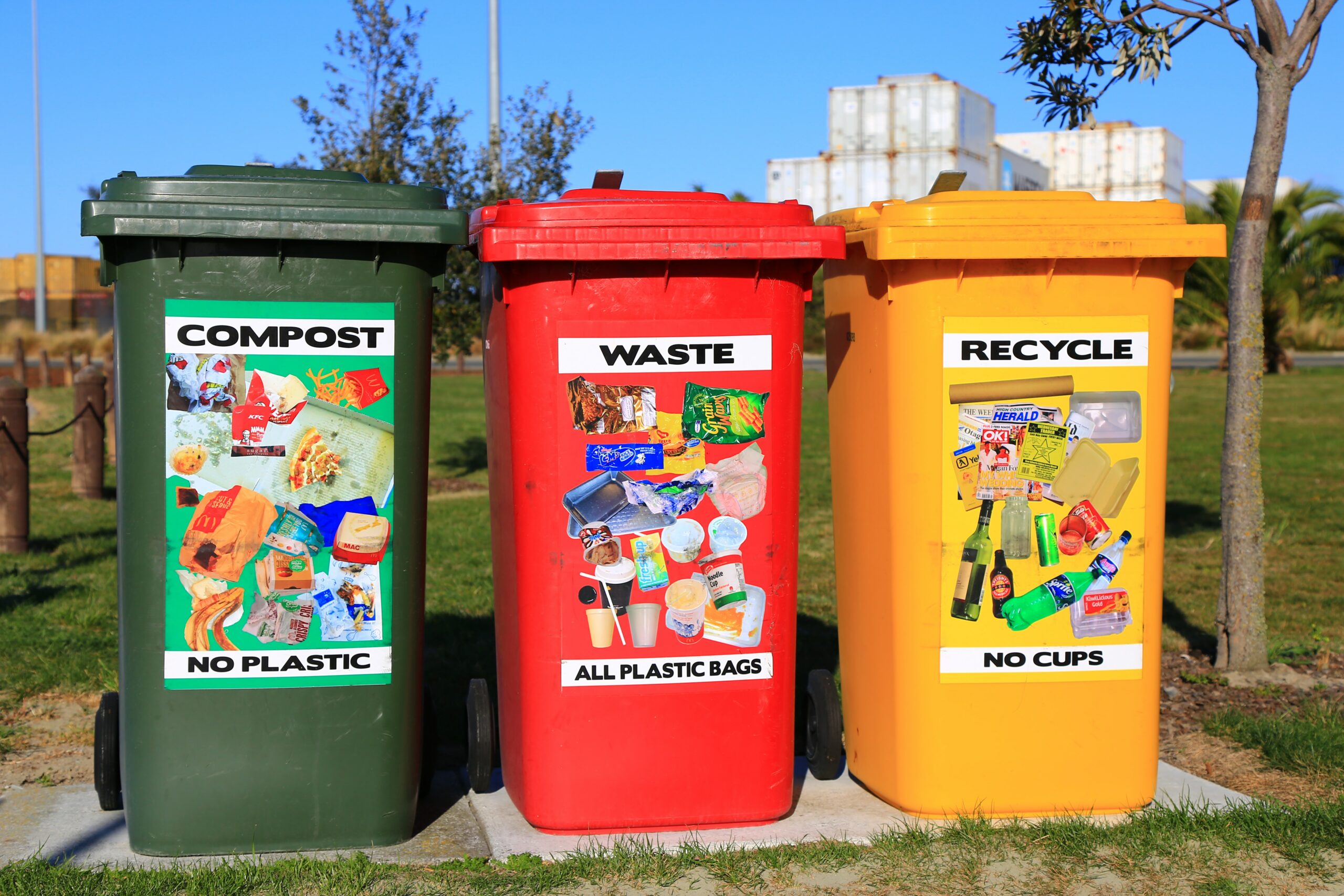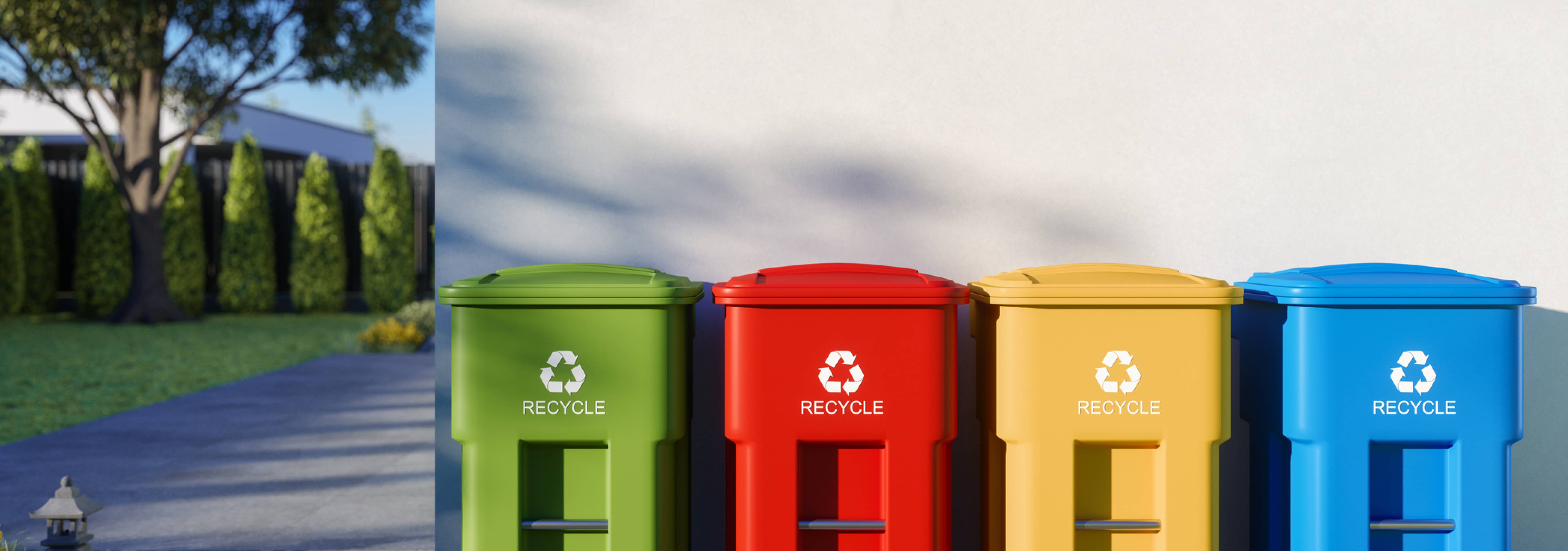Recycling Lives Services: Changing Waste right into Belongings Resources
Recycling Lives Services: Changing Waste right into Belongings Resources
Blog Article
Understanding the Category and Handling of Different Kinds of Waste
Efficient waste management is pivotal for environmental sustainability, requiring a detailed understanding of the category and handling of different waste types. Family waste, industrial byproducts, unsafe products, digital refuse, and natural remnants each demand distinctive protocols to make sure security and lessen ecological damages.

House Waste
House waste, incorporating a broad range of discarded products created from day-to-day living activities, represents a significant component of the overall waste stream - recycling lives services. This group consists of organic waste such as food scraps, lawn trimmings, and paper items, together with inorganic materials like plastics, metals, and glass. The diverse nature of house waste demands reliable category and administration to reduce ecological influence and advertise lasting living practices
Efficient house waste management begins with segregation at the source, assisting in recycling, composting, and risk-free disposal. Organic waste, for circumstances, can be composted to generate nutrient-rich soil modifications, reducing landfill problem and enhancing dirt health. Recyclable products, including paper, glass, and certain plastics, can be refined and repurposed, preserving resources and minimizing energy intake connected with new material production.
Moreover, unsafe house waste such as batteries, electronic devices, and cleansing chemicals requires specialized taking care of to stop dirt and water contamination. Public awareness projects and practical disposal alternatives play crucial functions in making certain correct disposal and recycling of these products. By implementing robust waste reduction strategies and promoting community involvement, districts can considerably ease the ecological impact of family waste.
Industrial Waste
Hazardous waste, a major factor to international waste generation, includes a varied range of products produced by manufacturing, building, and other industrial tasks. This category includes byproducts such as scrap steel, plastics, rubber, chemicals, and other deposits. The make-up and volume of industrial waste can vary significantly relying on the industry and production procedures entailed. Effective management of commercial waste is vital for minimizing environmental effect and advertising lasting techniques.
The handling of hazardous waste usually involves several processes: collection, partition, treatment, and disposal. Collection systems are created to effectively gather waste materials from numerous sources within an industrial operation. Partition is critical, as it makes sure recyclable materials are divided from non-recyclable ones, which can be routed towards appropriate recycling or disposal channels. Therapy processes, consisting of physical, chemical, and biological approaches, are utilized to decrease the poisoning, volume, and ecological influence of the waste. Ultimately, disposal approaches like landfilling or incineration are used for waste that can not be reused or treated.
Taking on approaches such as waste minimization, resource recovery, and recycling can considerably lower the problem of hazardous waste on the environment, adding to even more sustainable industrial methods.
Hazardous Waste

Corrosive wastes can harm or destroy living products and cells. Flammable wastes can easily fire up, posturing fire dangers, while responsive wastes can cause surges or launch harmful gases upon call with other materials.
Effective contaminated materials monitoring involves several crucial practices: recognition and segregation of harmful materials, risk-free transportation and storage, and appropriate therapy and disposal. Treatment techniques might consist of chemical neutralization, stablizing, and incineration. Regulative conformity is important, directed by frameworks such as the Resource Preservation and Recuperation Act (RCRA) in the United States, which makes certain eco audio and risk-free monitoring of contaminated materials.
Digital Waste
Digital waste, usually abbreviated as e-waste, stands for an expanding obstacle in waste monitoring due to the fast obsolescence of innovation. This category incorporates a wide series of discarded digital devices, consisting of smart devices, computer systems, televisions, and home appliances. The complexity of e-waste exists in its make-up; these items consist of a mixture of useful materials such as gold and copper, as well as hazardous substances like lead, cadmium, and mercury.

Regulations and laws, such as the European Union's Waste Electronic and electrical Tools (WEEE) Regulation, objective to promote responsible e-waste administration. These policies mandate makers to facilitate the collection and recycling of digital products, therefore reducing the worry on garbage dumps and reducing environmental contamination.
Organic Waste
Organic waste, incorporating biodegradable products such as food scraps, backyard trimmings, and agricultural deposits, constitutes a substantial part of the municipal strong waste stream. This sort of waste is notable not only for its volume yet additionally for its possible environmental influence if not managed properly. Organic waste can decay anaerobically in land fills, creating methane, a powerful greenhouse gas contributing to climate adjustment.
Appropriate handling of natural waste entails a number of approaches. Composting is a commonly embraced method, transforming organic products into valuable garden compost that can enhance soil and assistance sustainable agriculture. This procedure likewise decreases the quantity of waste sent out to land browse around these guys fills. Another method is anaerobic food digestion, which damages down natural matter in the absence of useful source oxygen, creating biogas that can be used as a sustainable power resource. In addition, drawing away food waste from land fills with contribution programs can minimize food instability while reducing waste.
Municipalities and services are progressively recognizing the significance of organic waste management. Executing detailed natural waste reusing programs not only mitigates environmental impacts yet likewise lines up with more comprehensive sustainability goals, advertising a circular economic climate where resources are continuously reused and repurposed.
Verdict
Effective waste administration and ecological security demand an extensive understanding of the classification and handling of various waste kinds. Executing appropriate techniques for each waste kind makes sure risk-free and responsible waste administration methods, eventually adding to the protection of environments and public health.
Reliable waste administration is pivotal for environmental sustainability, needing a detailed understanding of the category and handling of numerous waste types.Family waste, including a broad variety of disposed of products created from everyday living tasks, represents a substantial element of the overall waste stream.Industrial waste, a major factor to global waste generation, includes a diverse array of materials generated by production, construction, and various other industrial activities (recycling lives services).Hazardous waste, a vital worry in waste administration, comprises go now materials that pose substantial dangers to human health and wellness and the environment due to their poisonous, corrosive, combustible, or responsive residential properties.Organic waste, including biodegradable materials such as food scraps, yard trimmings, and farming residues, makes up a significant portion of the community solid waste stream
Report this page